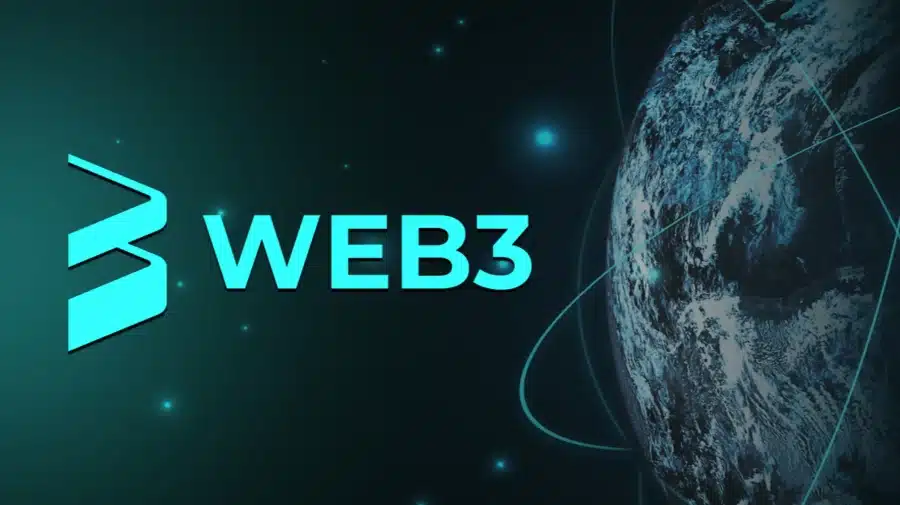The first step towards owning any crypto is to acquire a web3 wallet. As traditional wallets store traditional assets like cash, credit cards, and debit cards, web3 wallets store digitalised assets like crypto and NFTs. Web3 wallets can also be used to interact with decentralised apps (dApps).
Once an account is created in the wallets, there is no need for a third party as users are able to do pretty much everything. Web3 wallets give complete control to their users. We are free to use them however we see fit.
But at the same time, there is no one other than the user of the wallet who is in charge of his/her account, so all the responsibility shifts to the user as well.
https://twitter.com/keikreutler/status/1390339707582746625?s=20&t=SxJHbwv68FCQgLviD2QADQ
Role of private keys in web3 wallets
Wallets use encrypted passwords called “private keys.” If a user’s private keys are lost, then there is no way possible to recover them. Users will have to wait until their online session has expired before they are allowed to get a new one. This option is also limited to a small number of wallet providers.
There are a variety of wallets available, each with their own pros and cons, like Trustwallet, Metamask, Blockchain wallet, etc. In the past, everyone’s identity was linked to their social media like Facebook and Gmail. But now individuals will be identified by their wallet IDs.
Through the use of ID crypto wallets, users will be able to do all the things they did on the internet. The wallet can act like a master key to access all virtual assets. The concept of ownership is changing. People will use virtual wallet addresses as their identity for amassing wealth.
***





